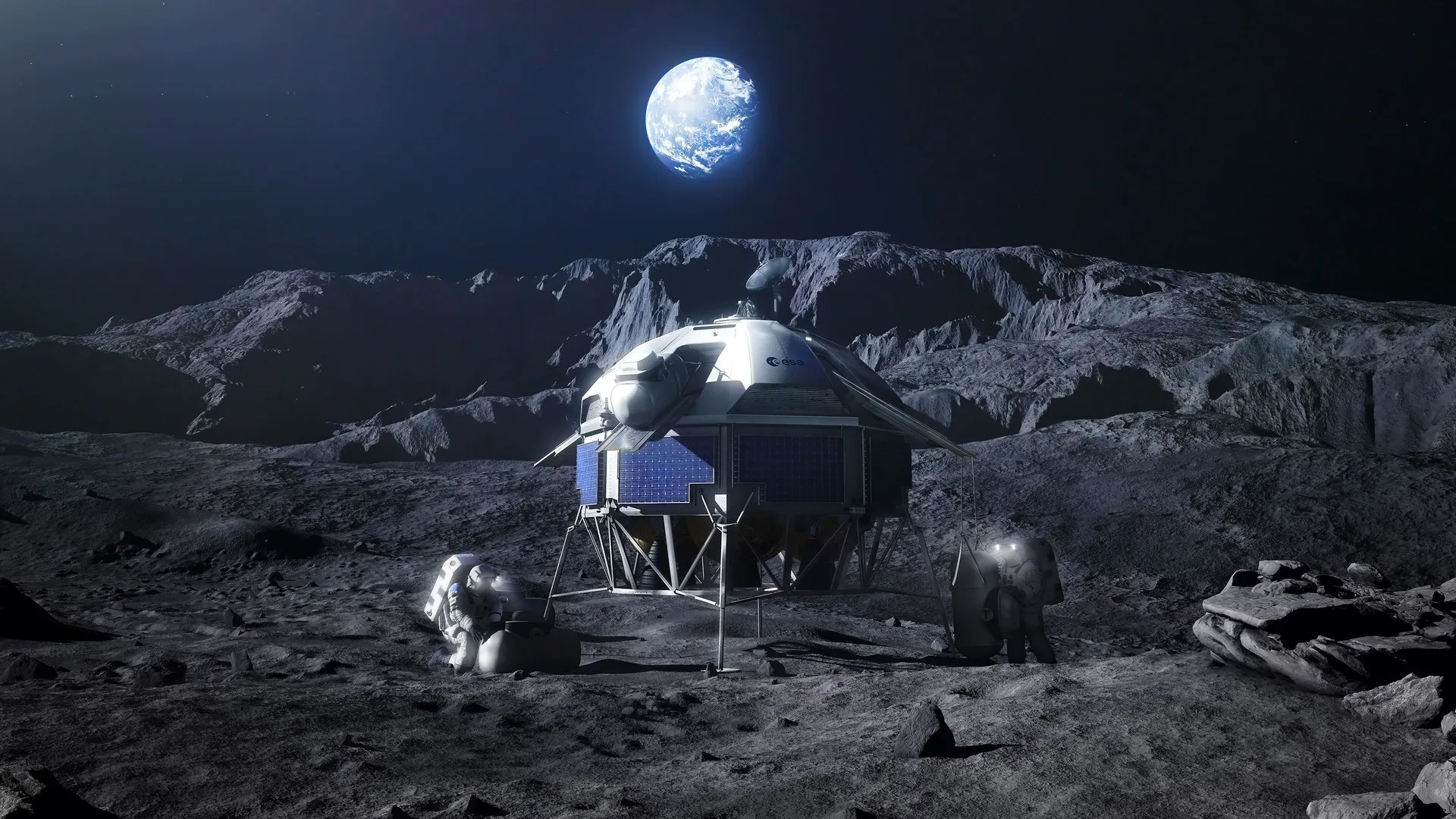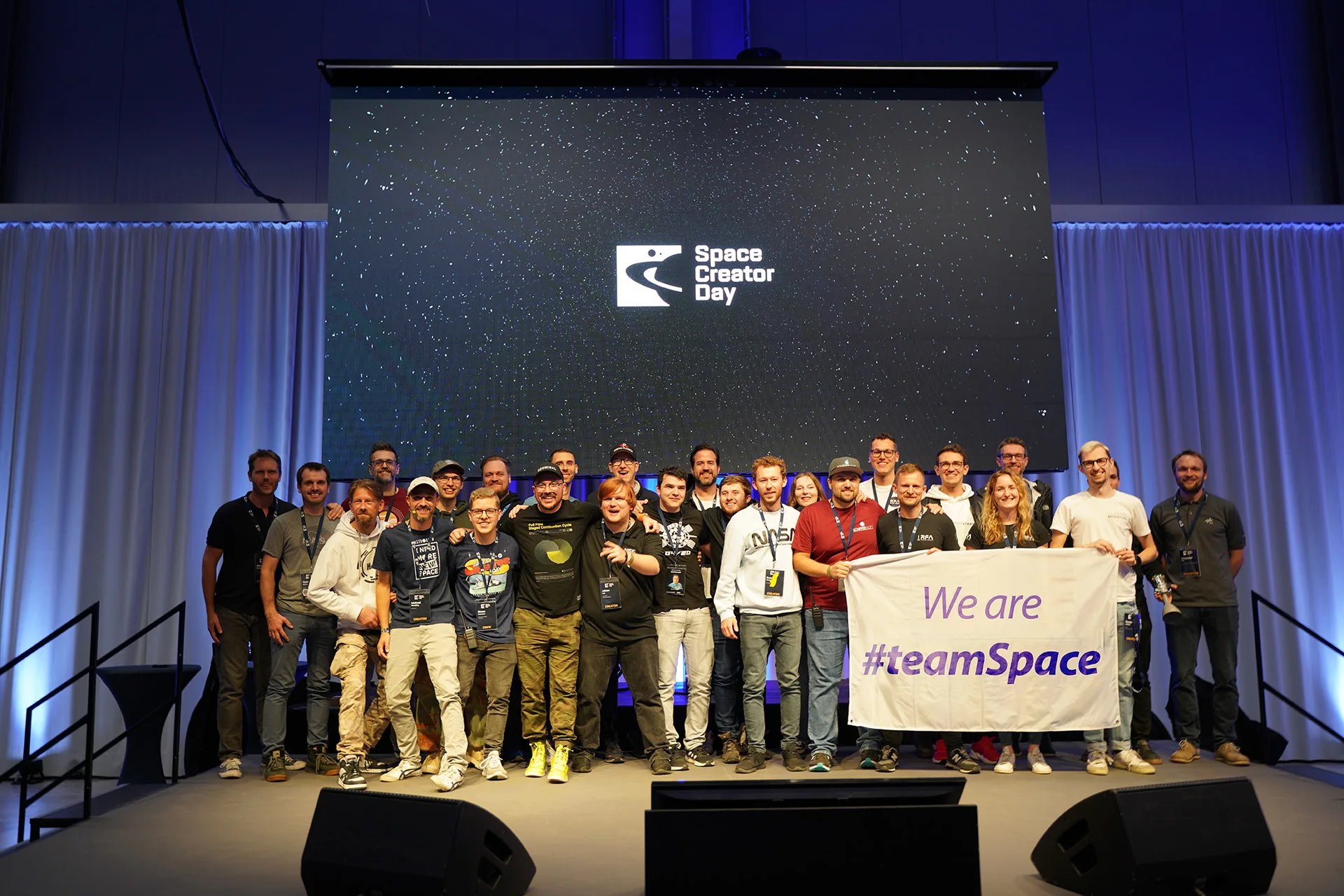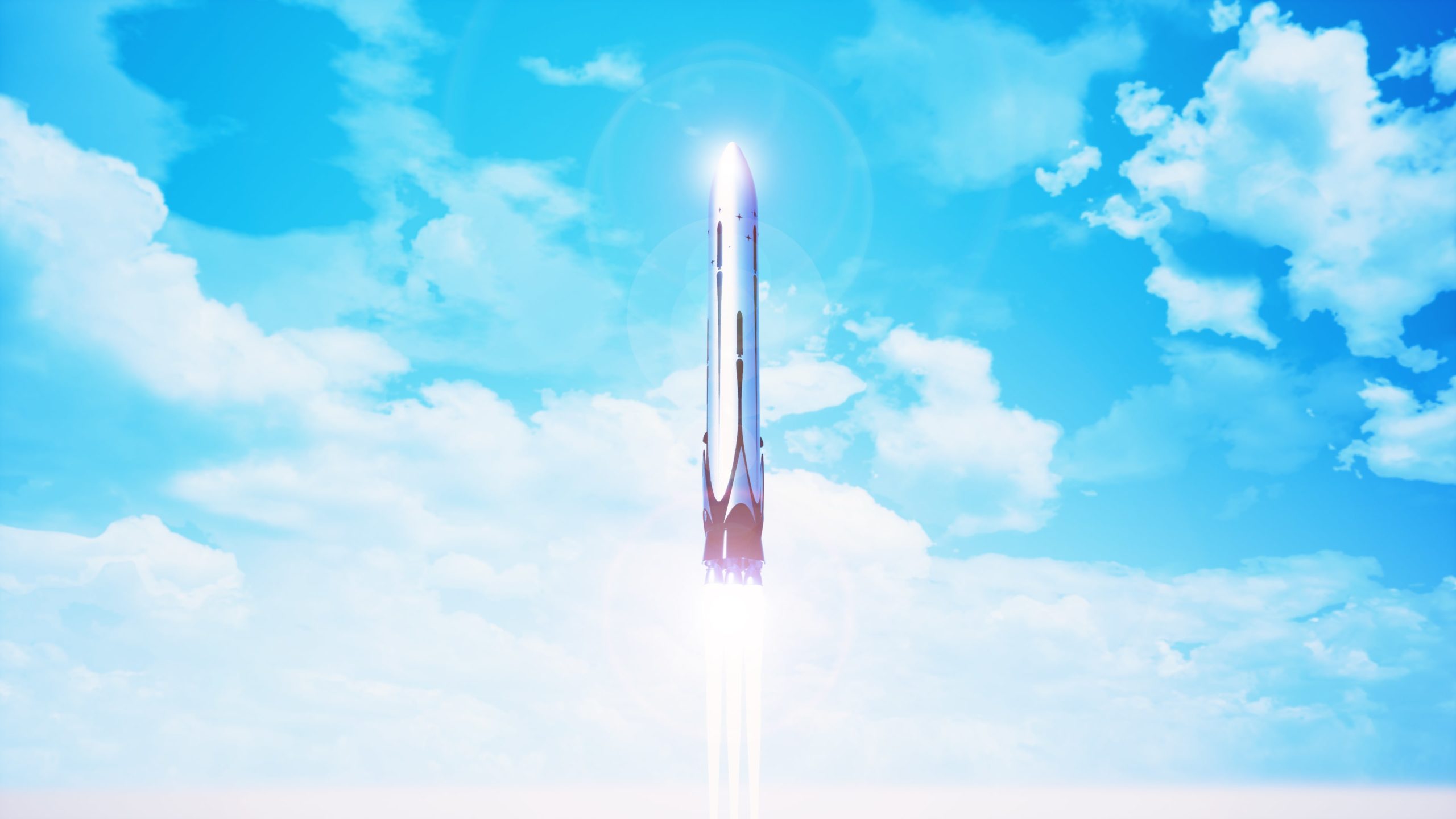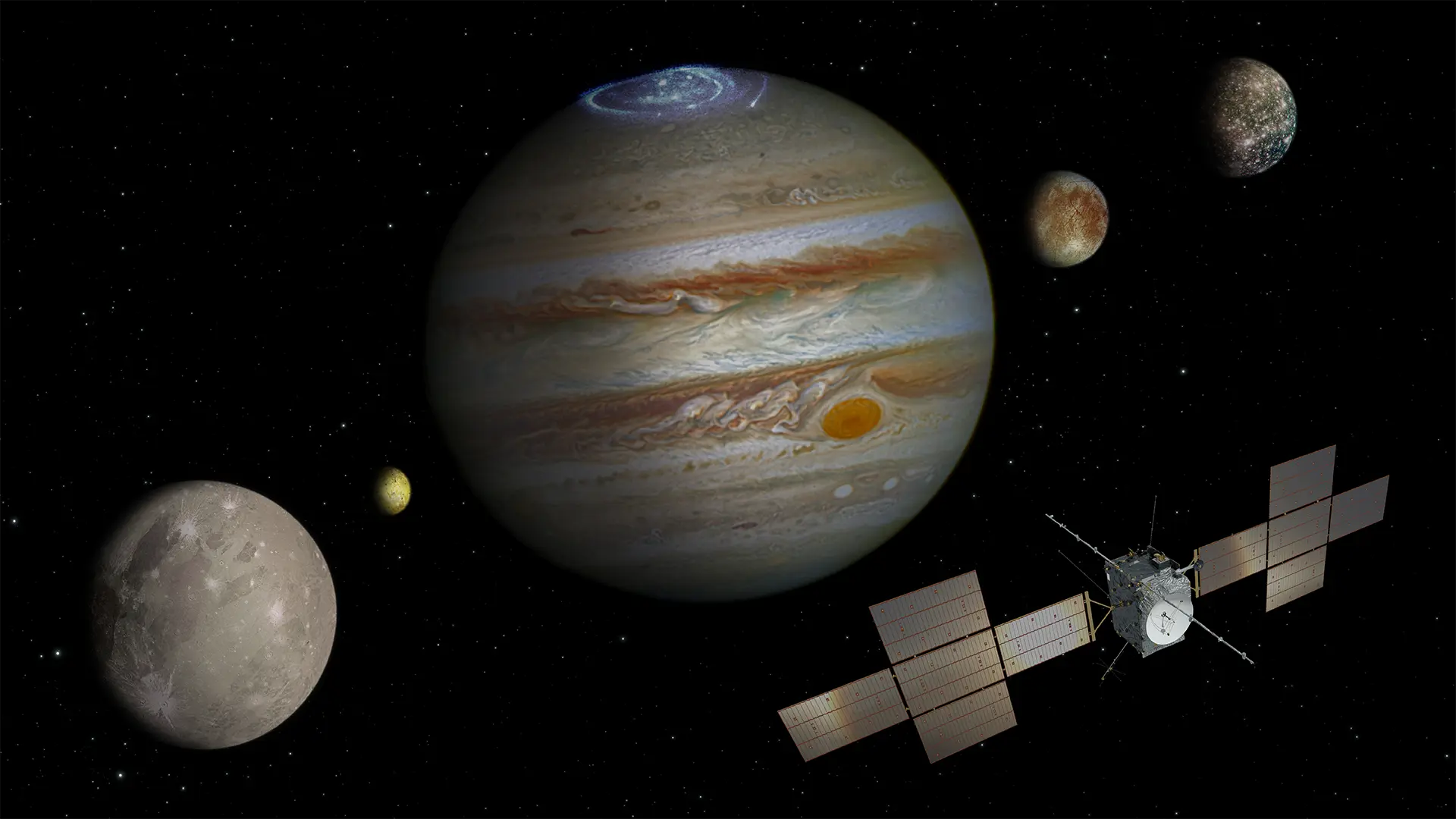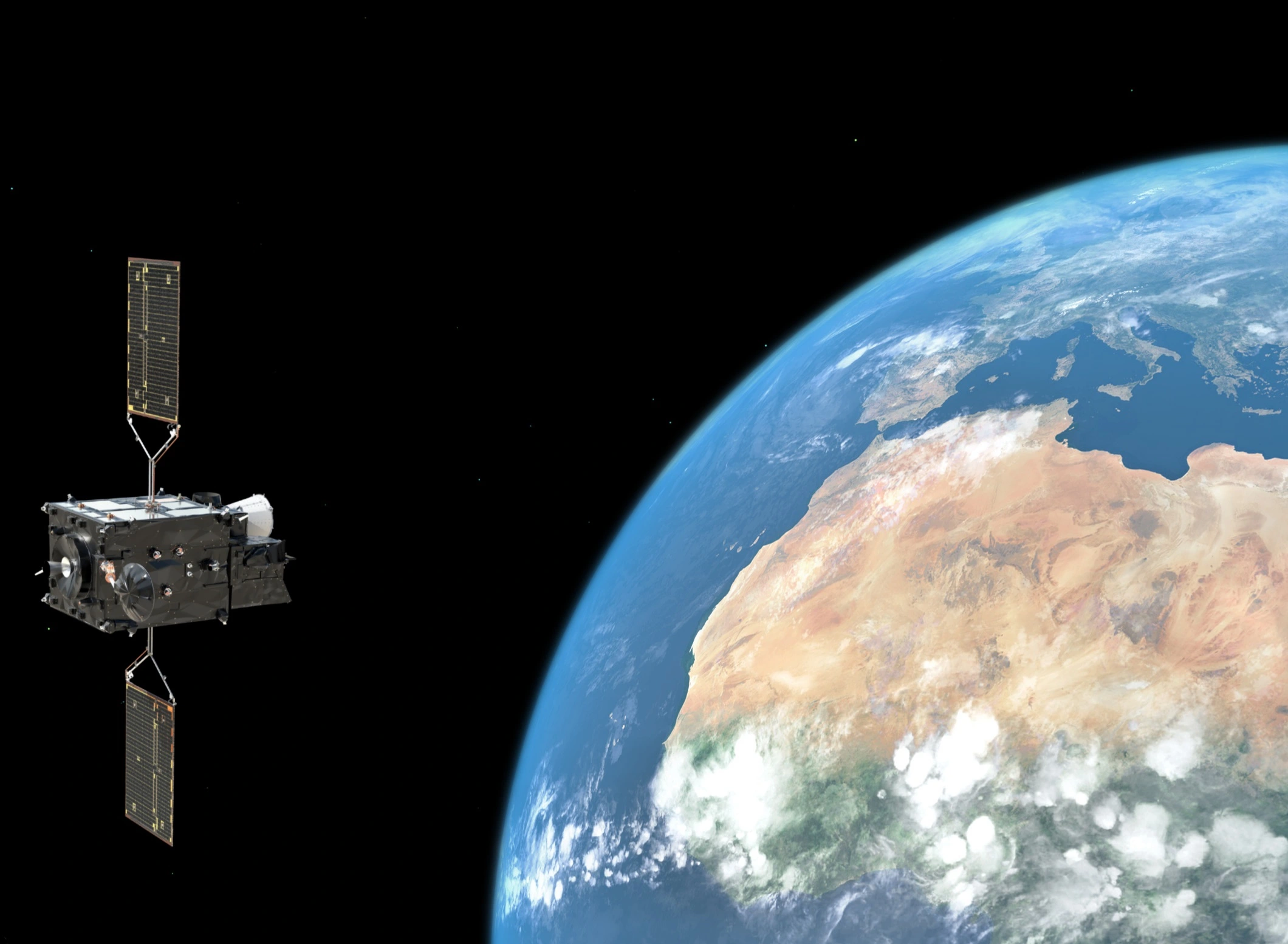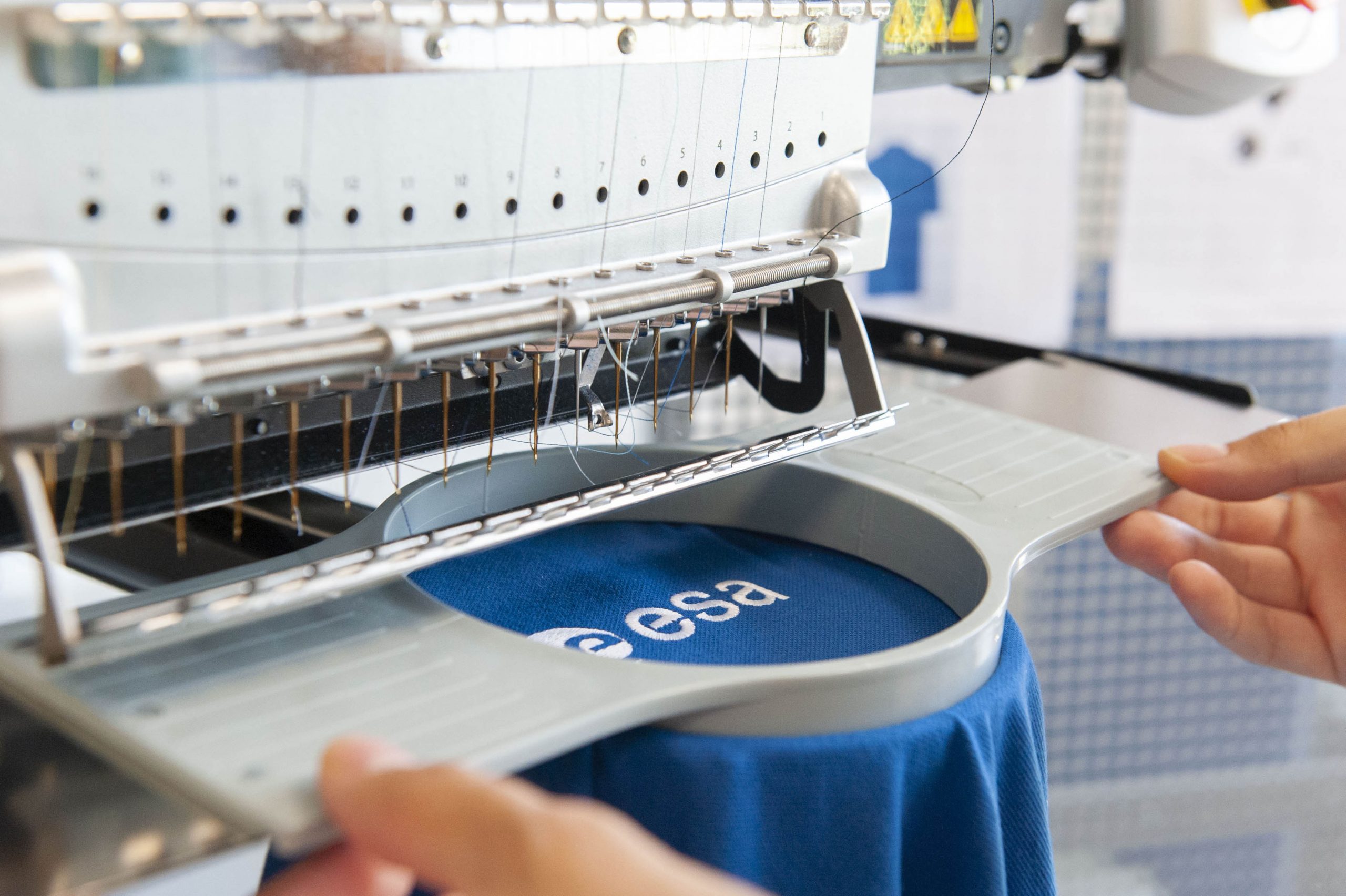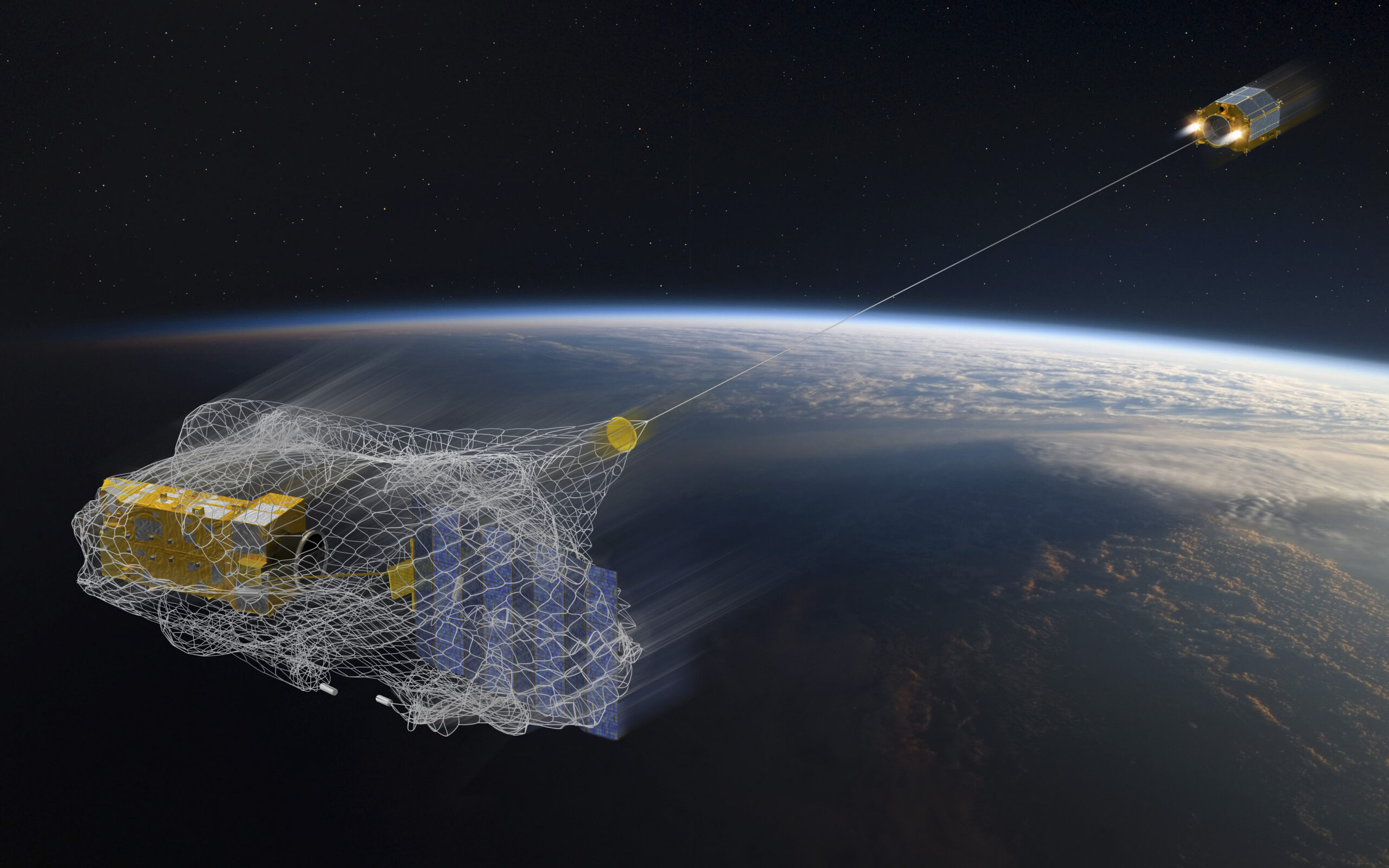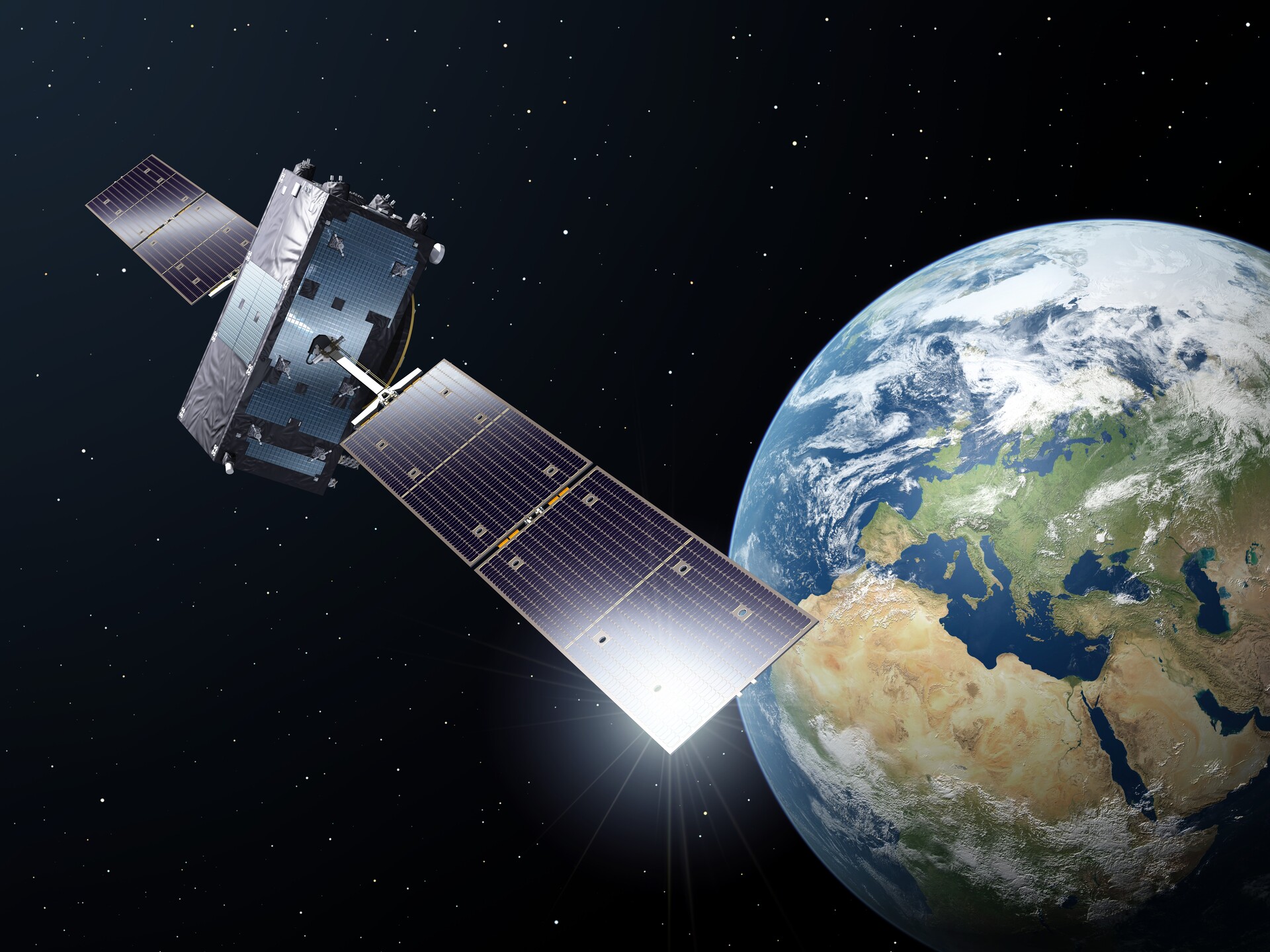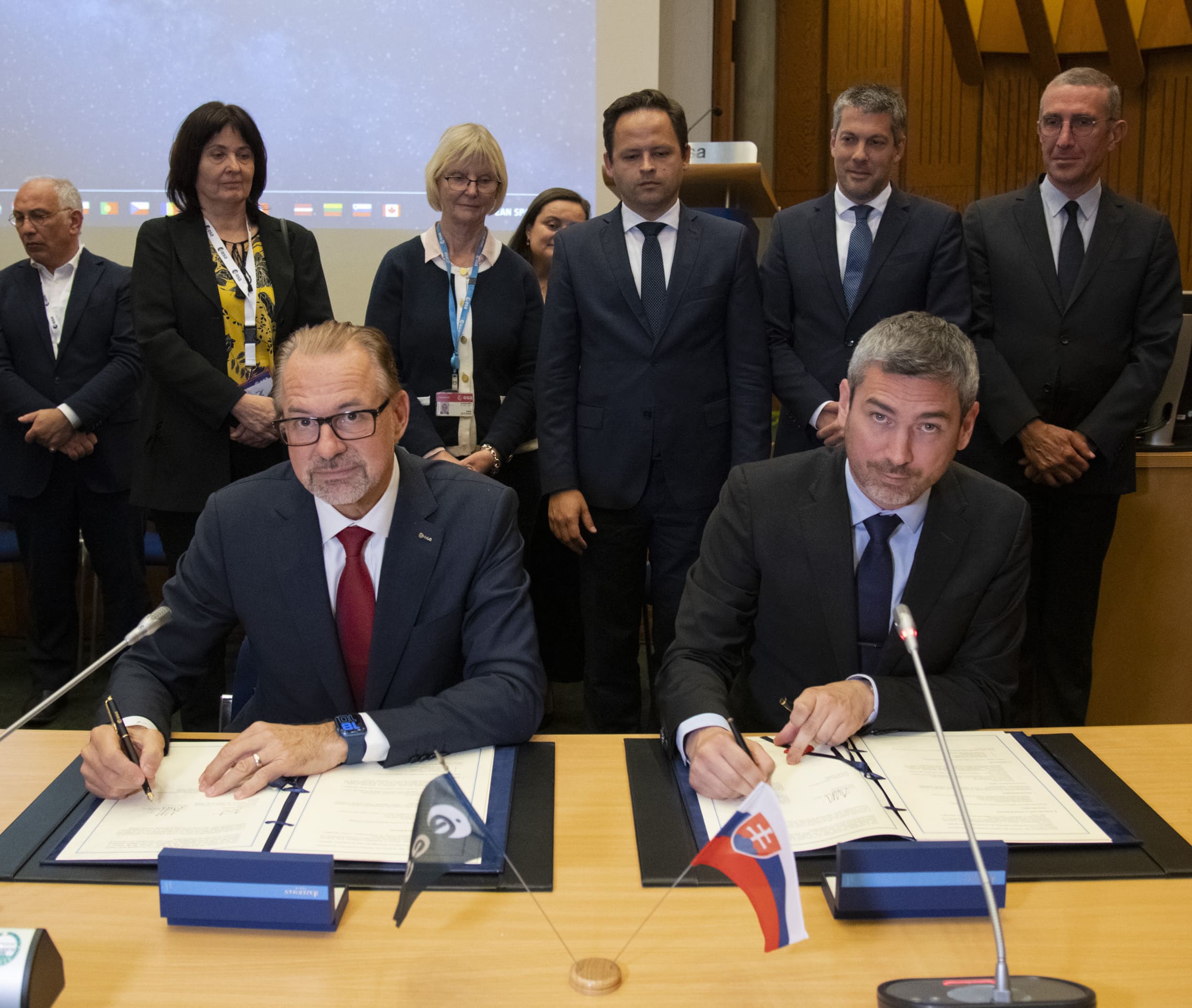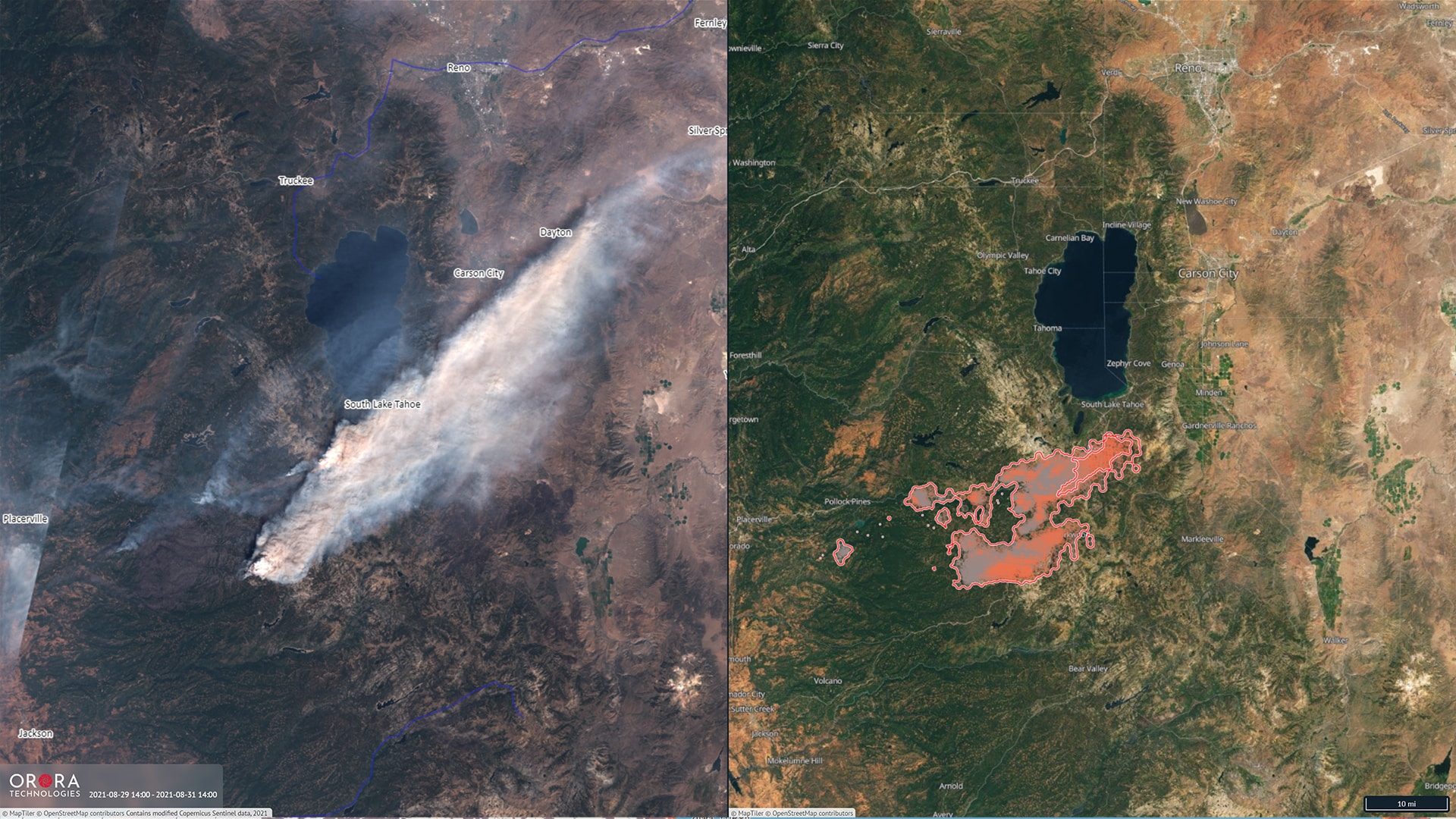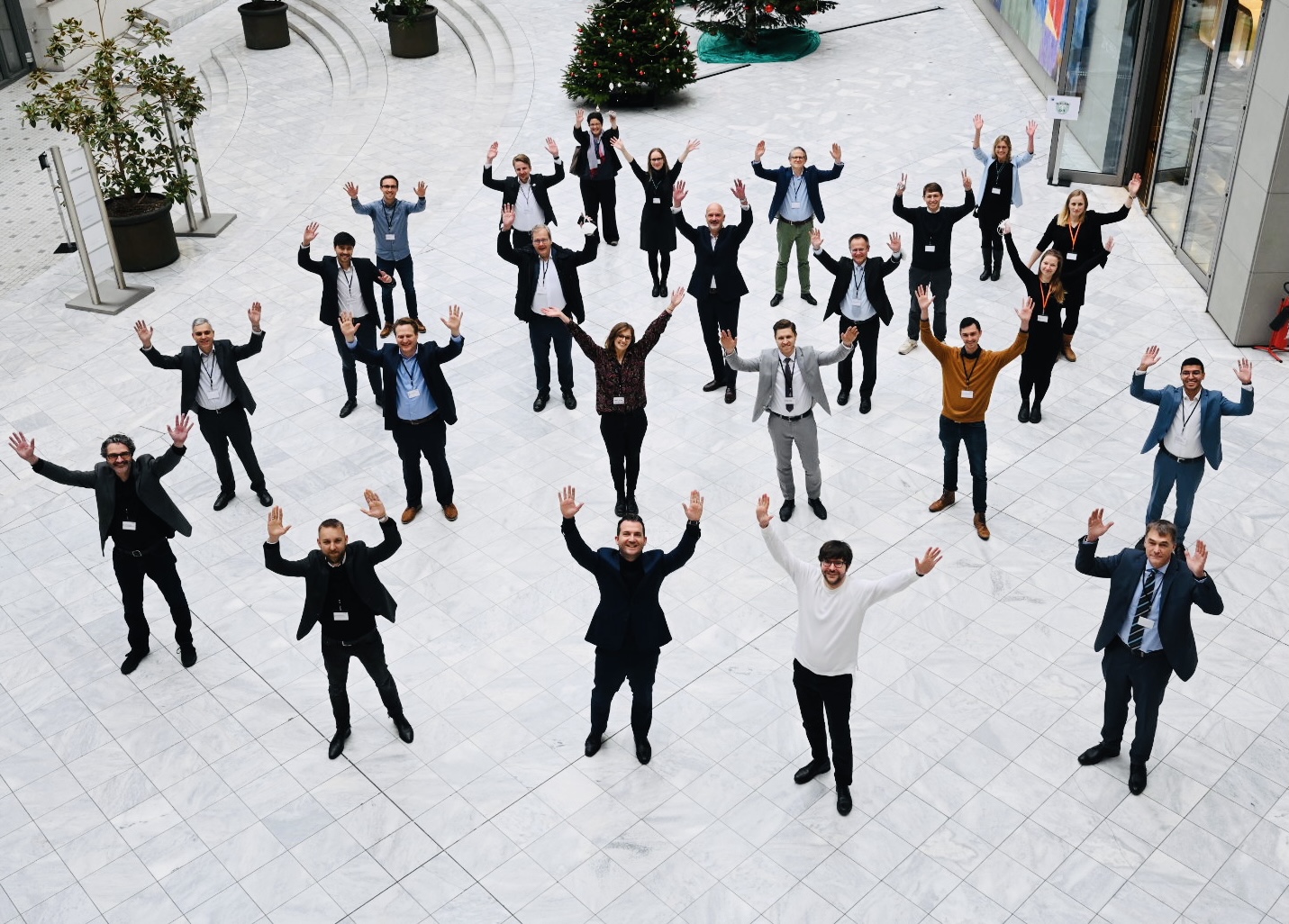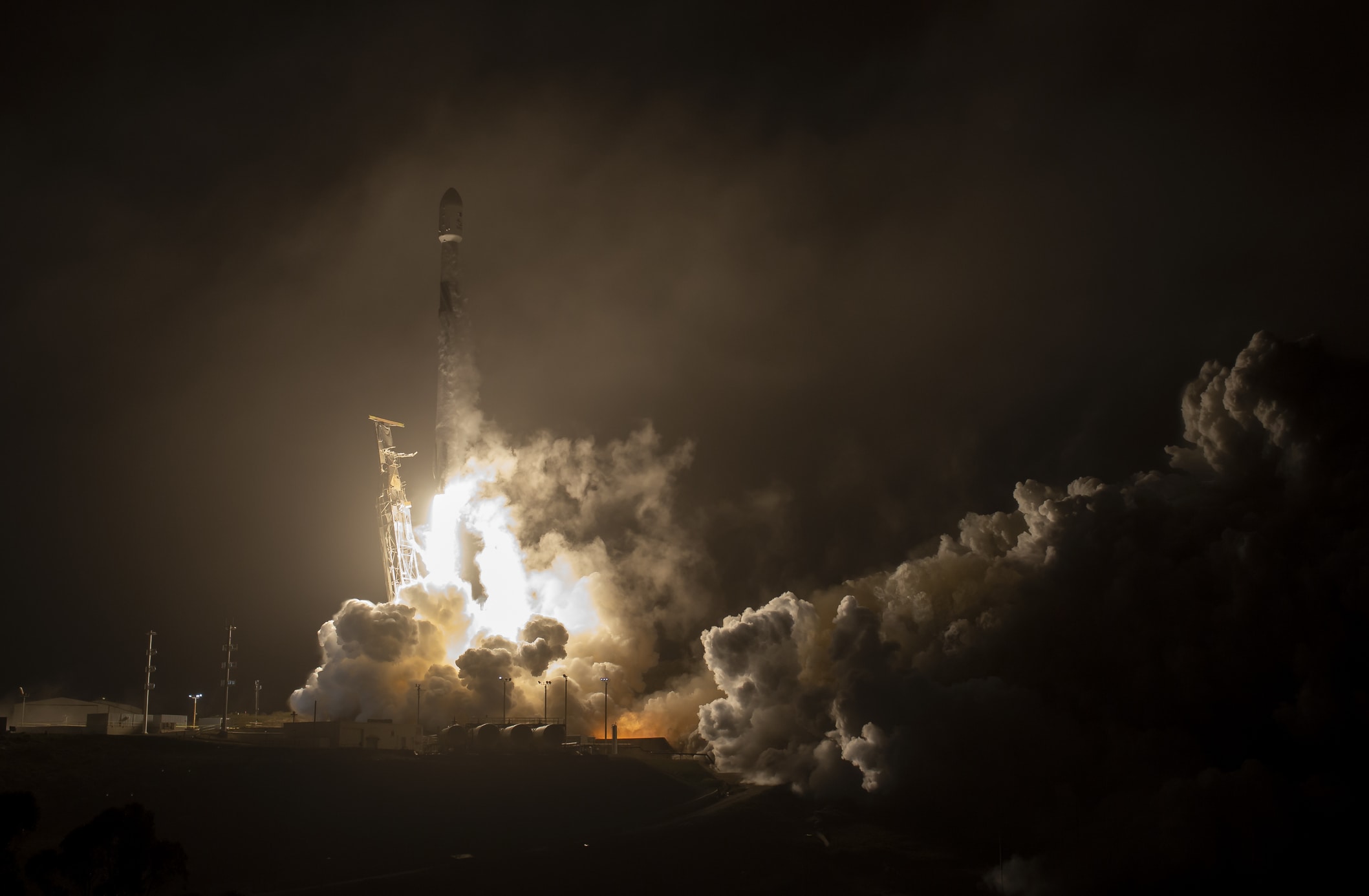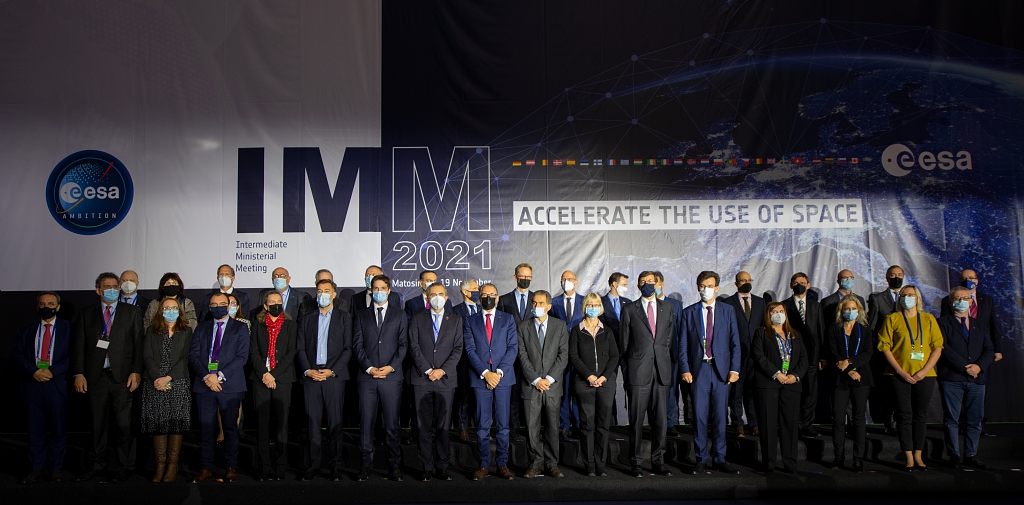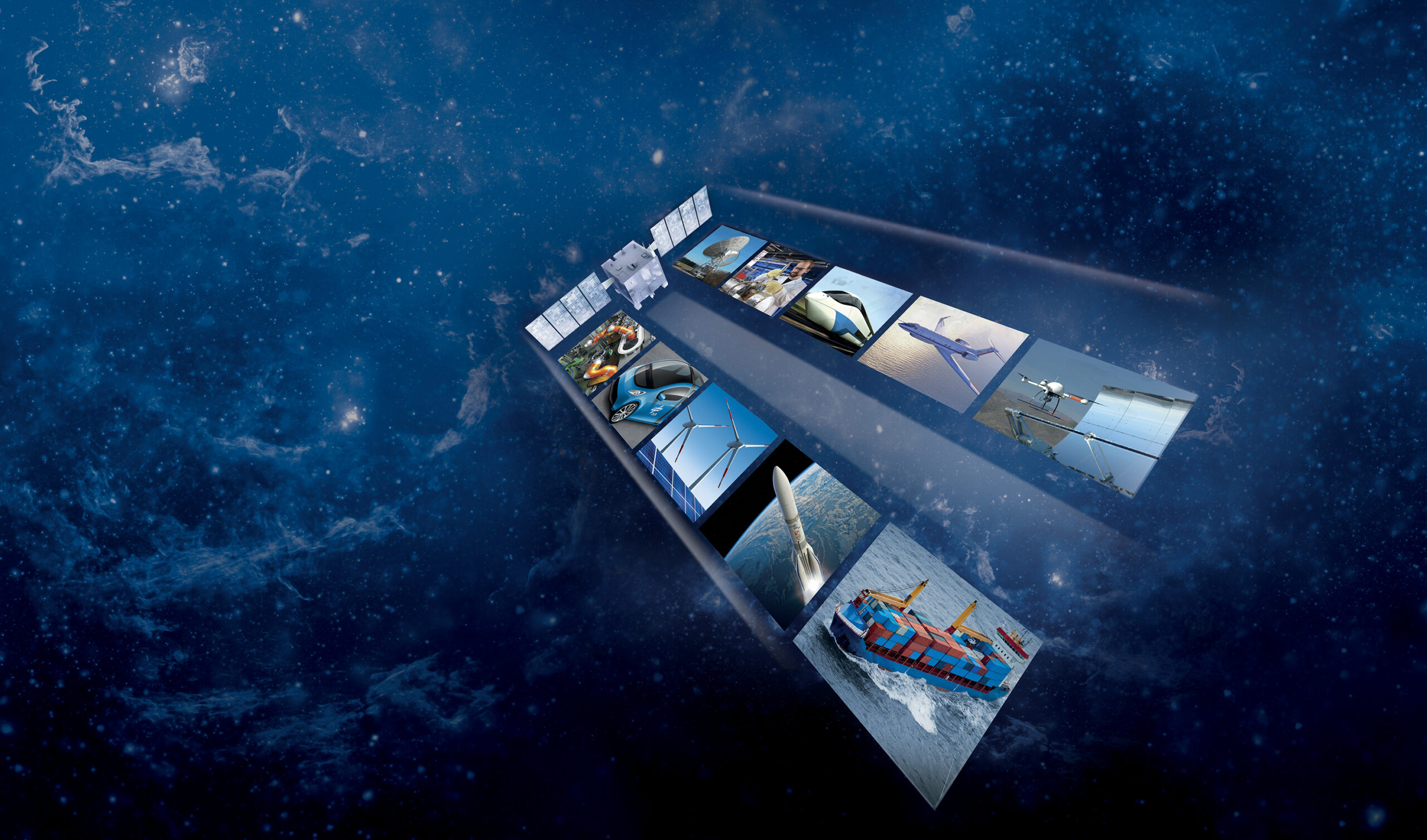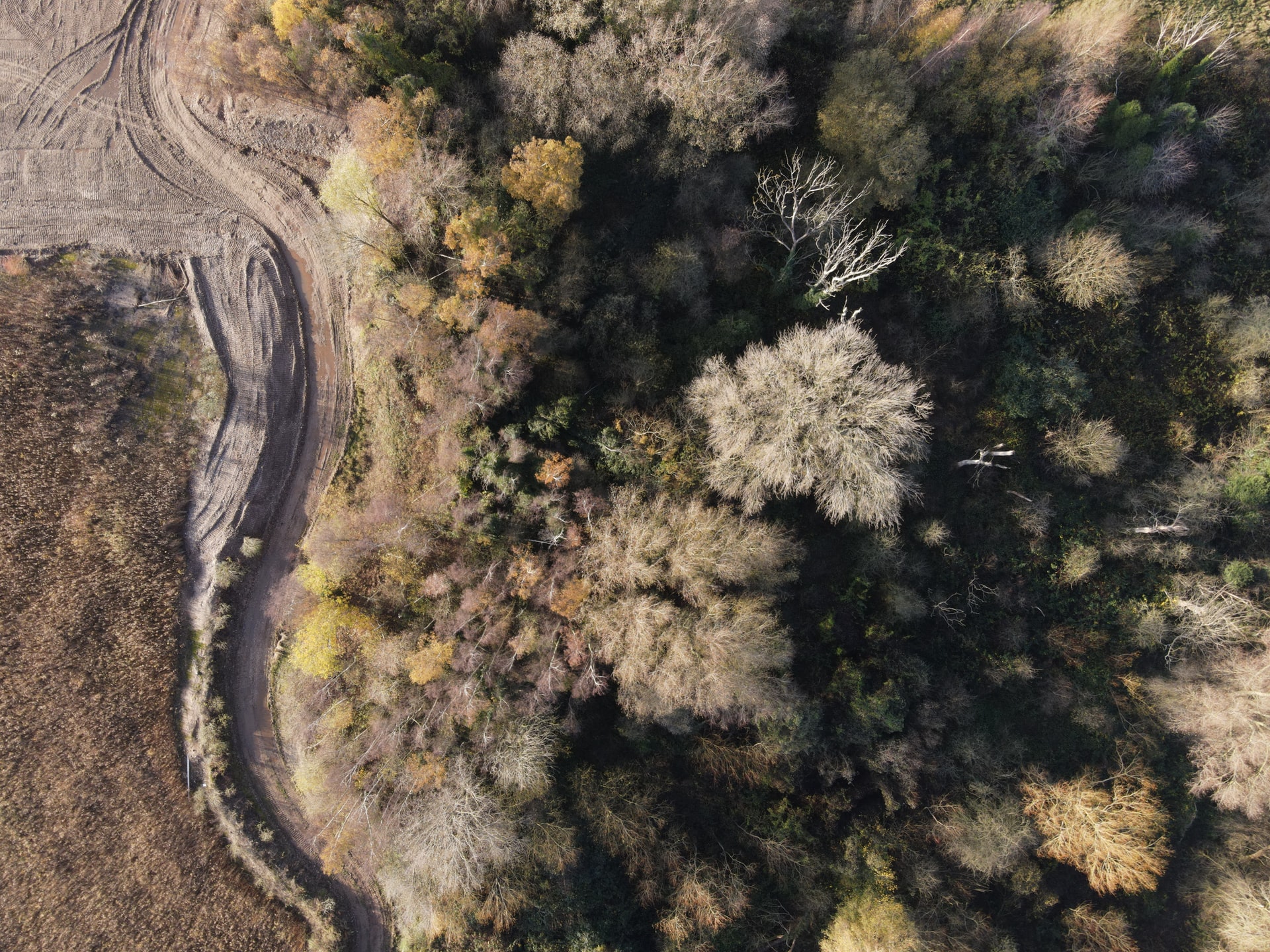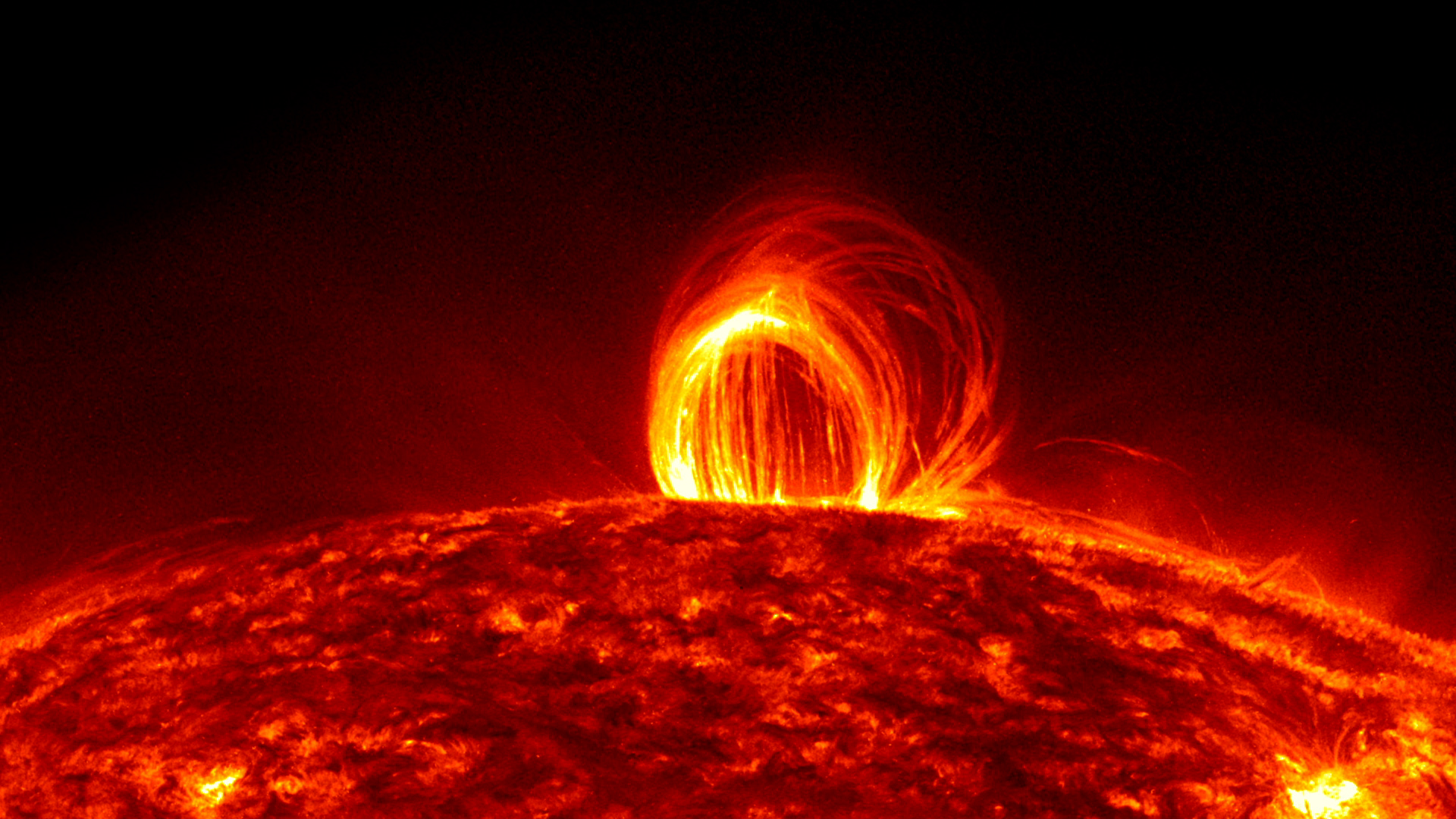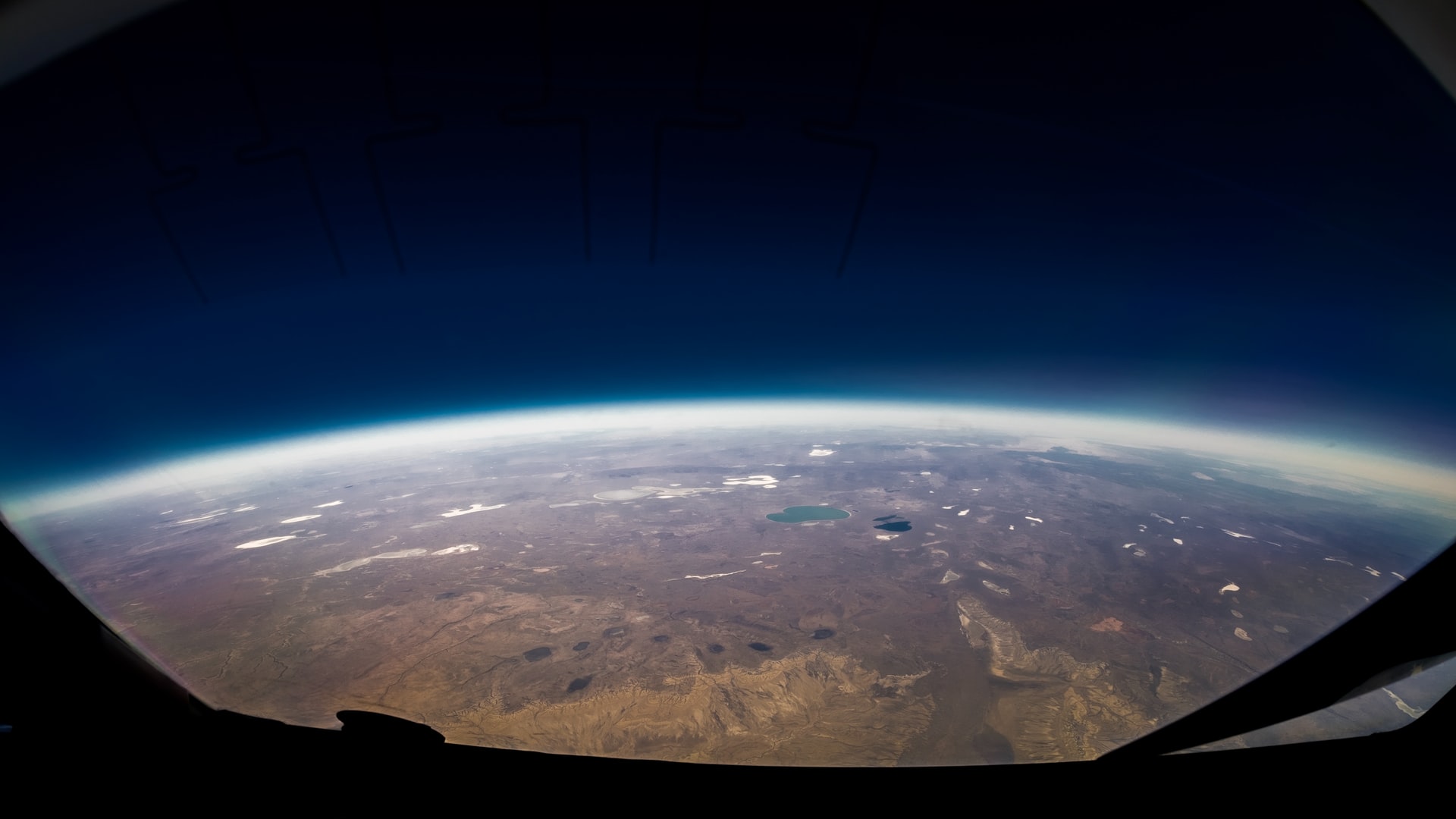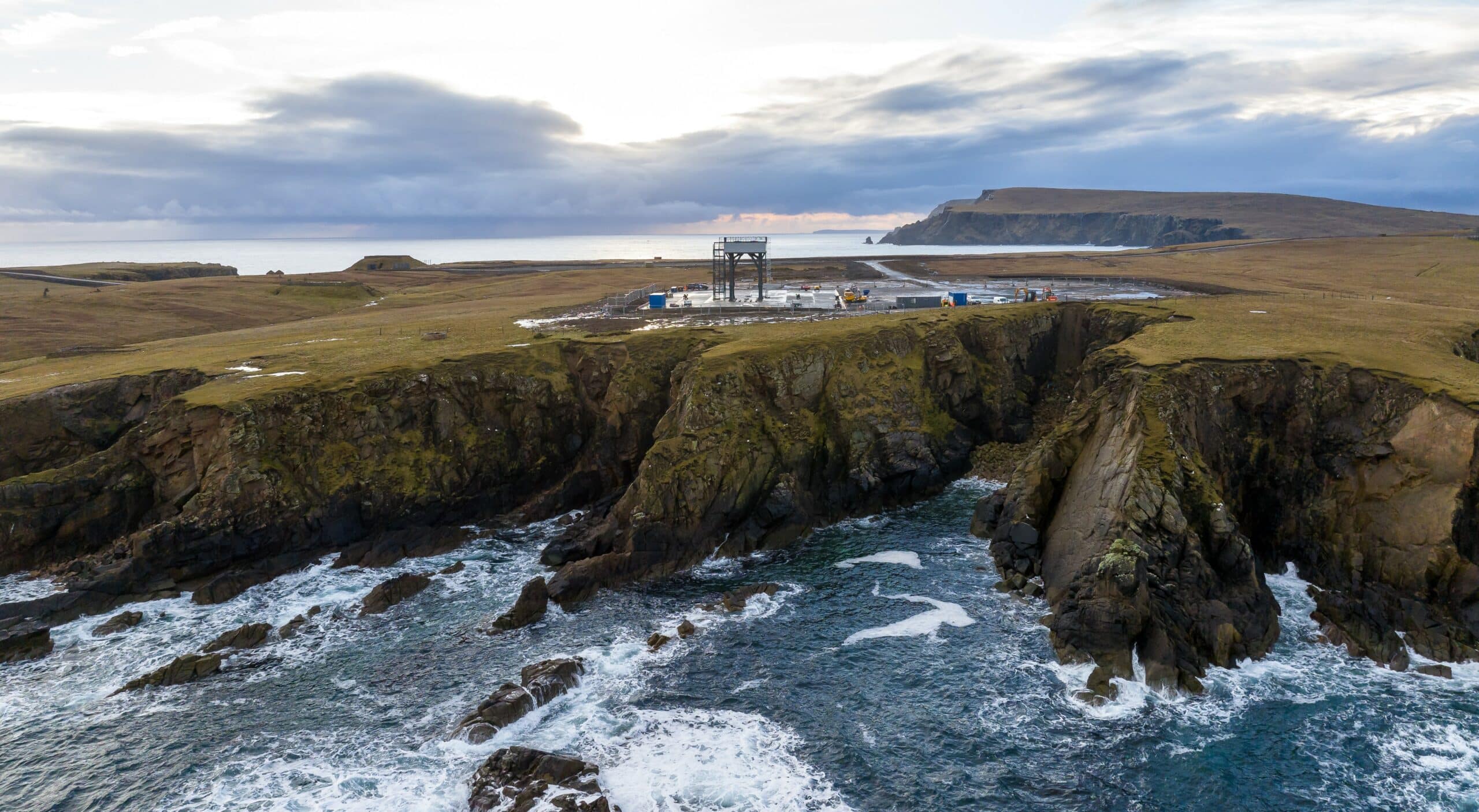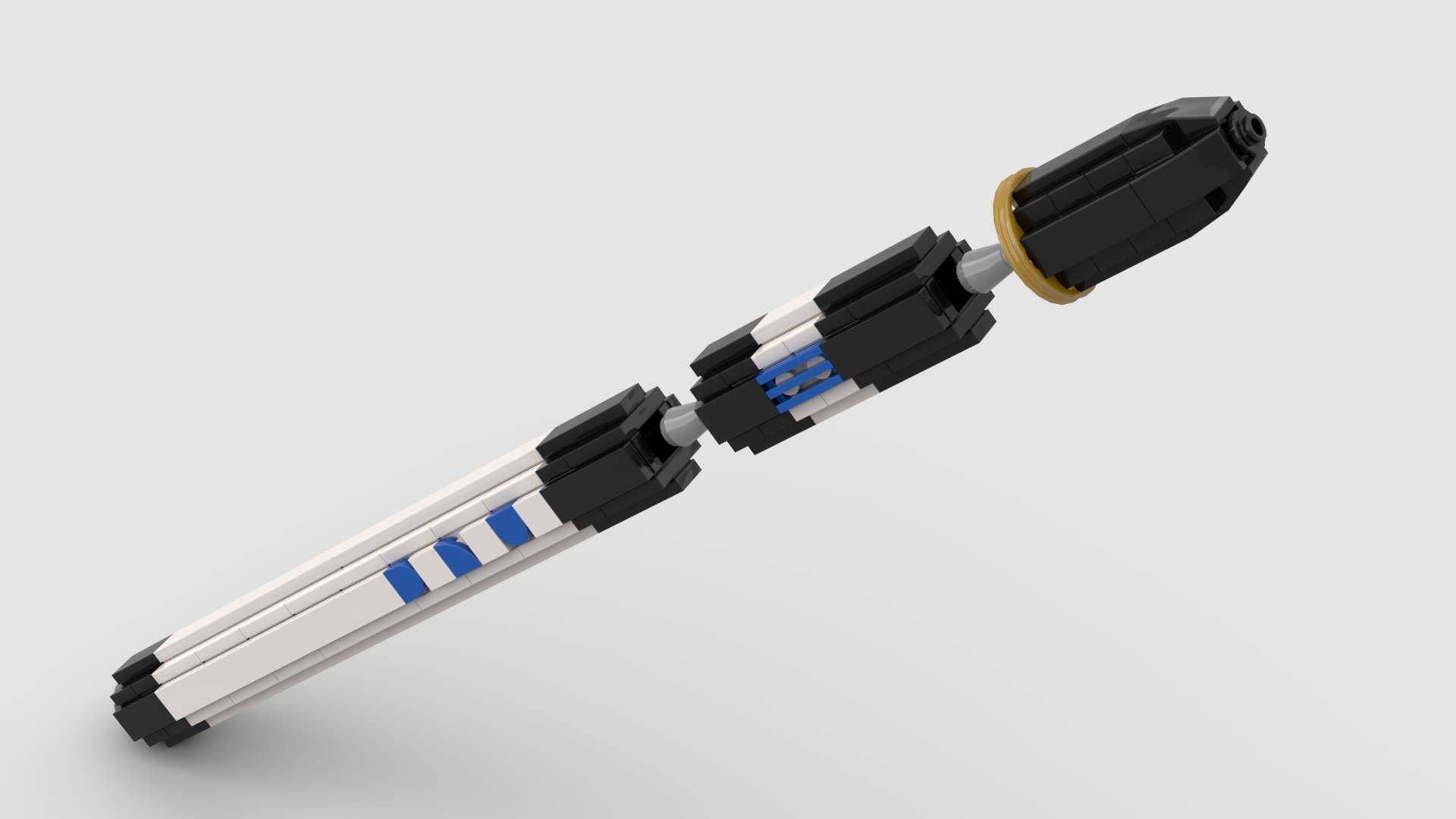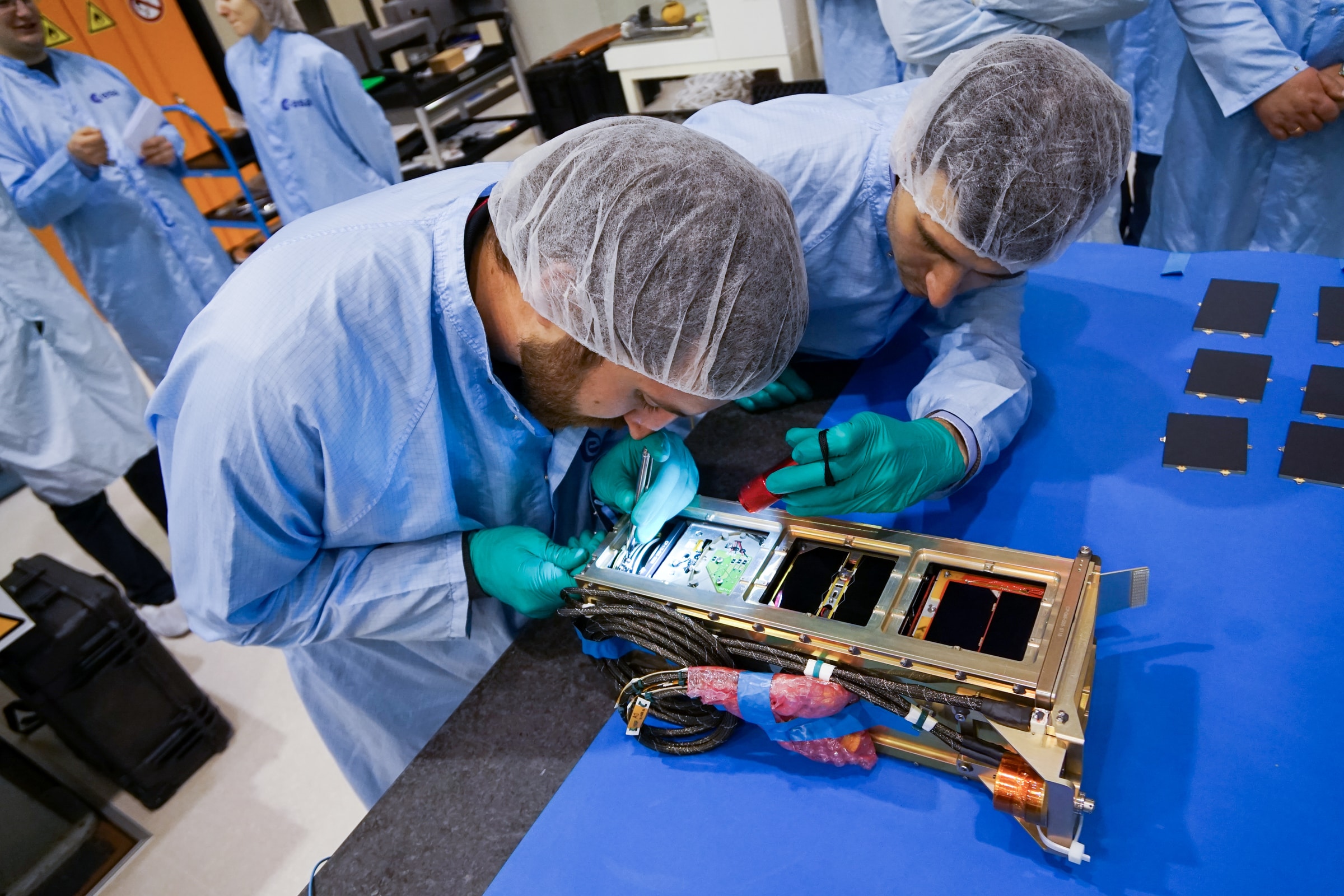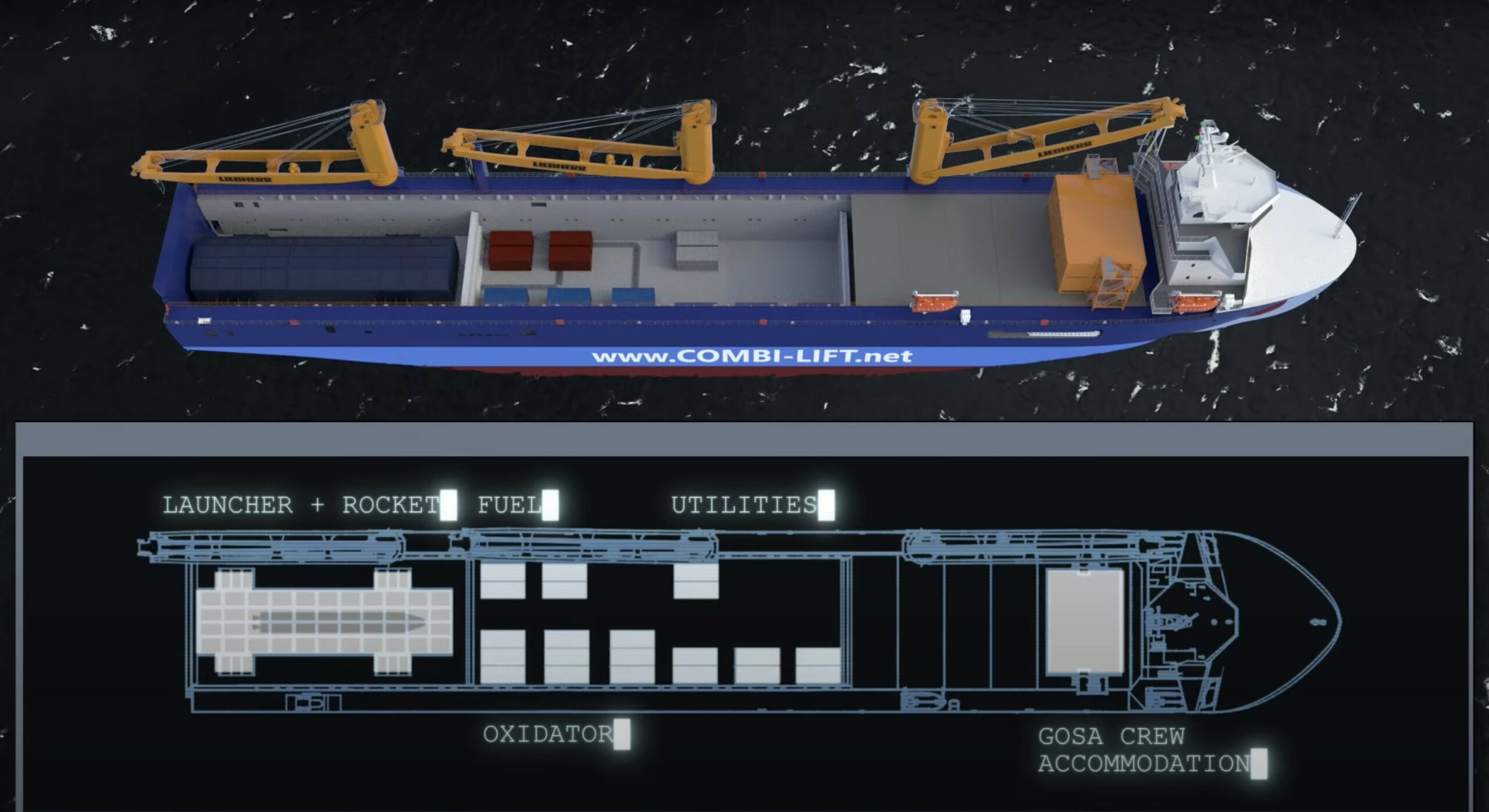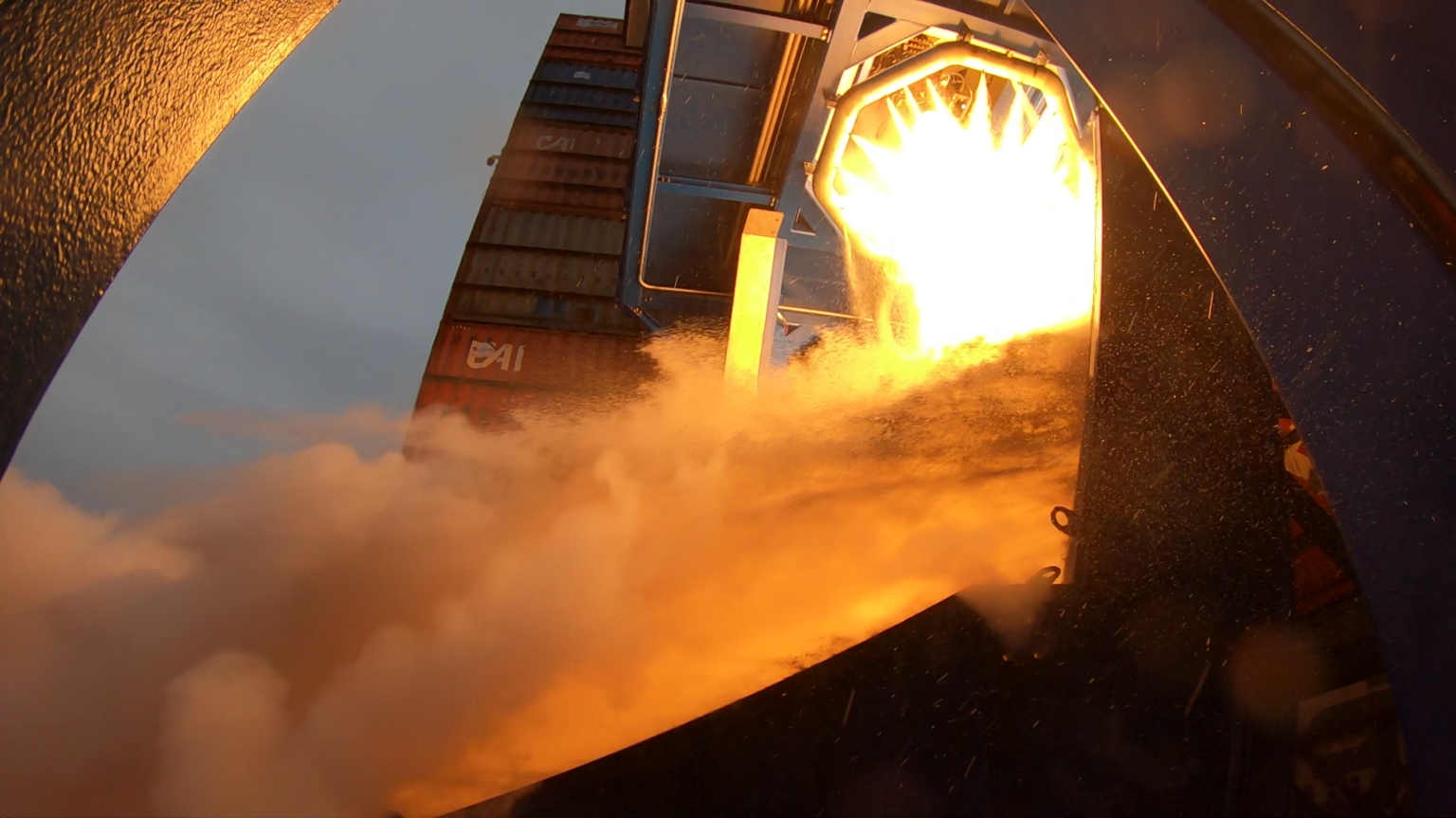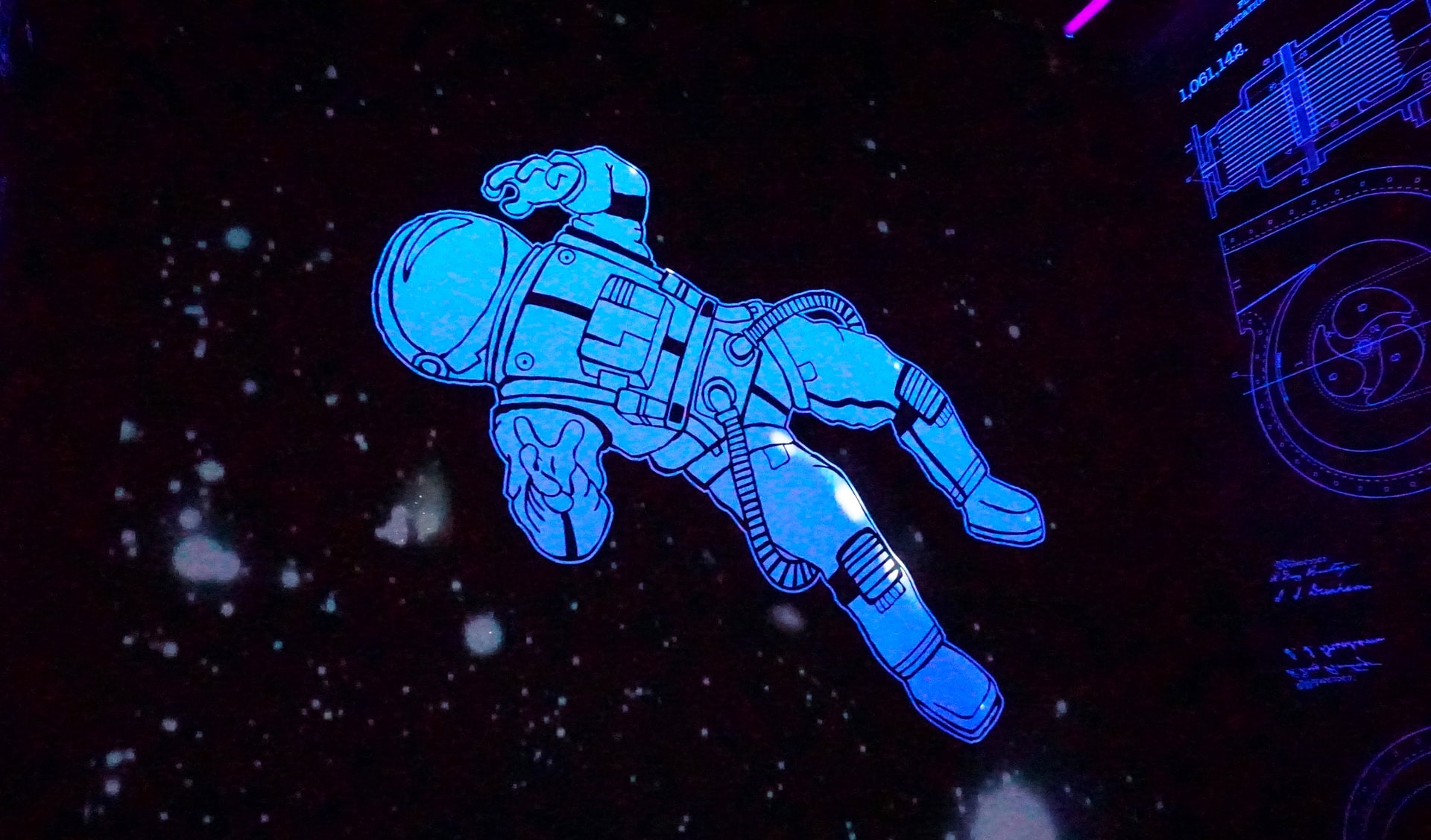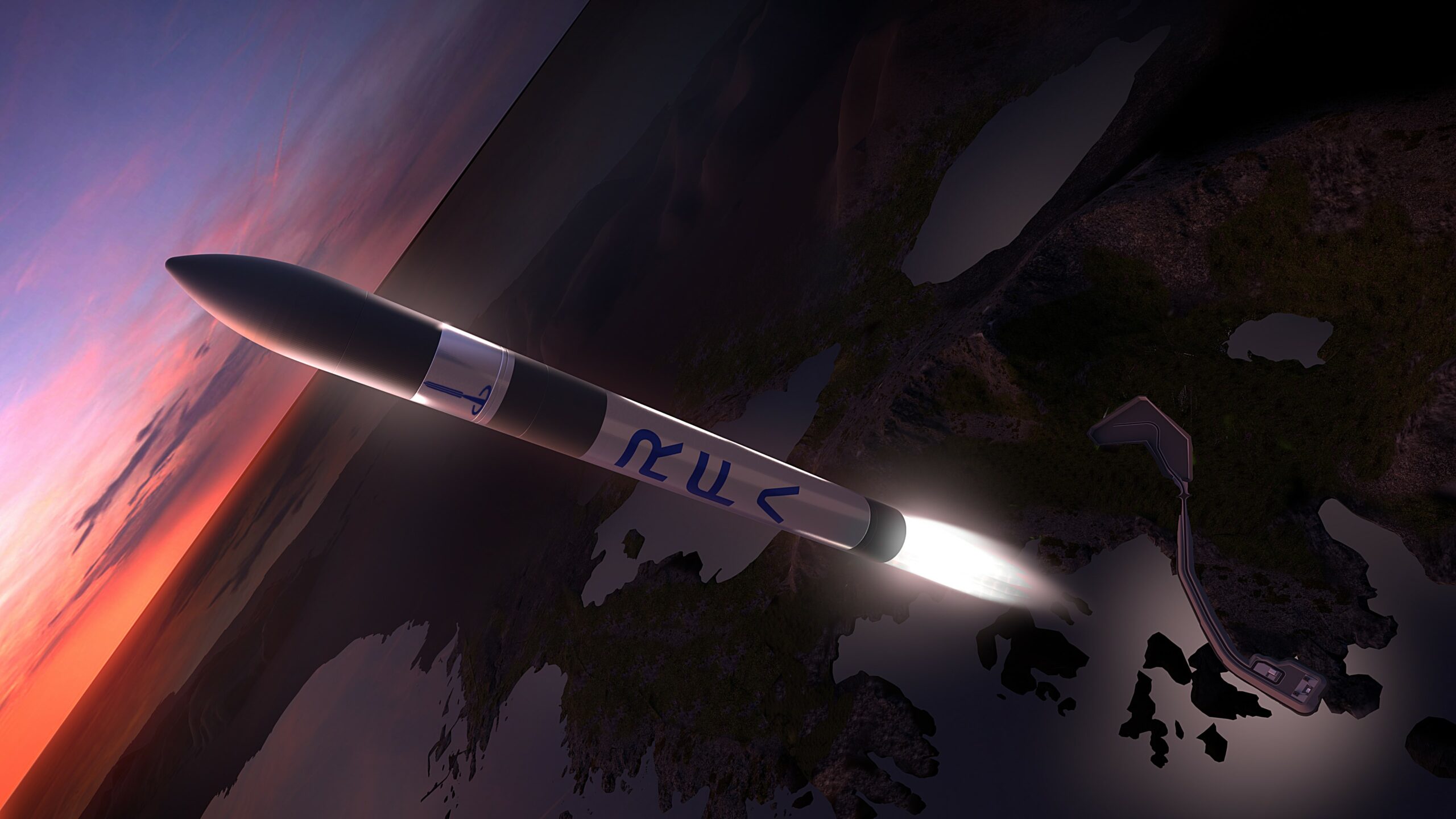
RFA opens new headquarters
Published on Mon, 22.03.2021 – 17:58 CET in Internals, covering Rocket Factory AugsburgOn March 30, 2021, Rocket Factory Augsburg (RFA) invites to a digital opening ceremony of its new headquarters. Besides the presentation of the 1,500 sqm office space and 3,500 sqm production area, the participants of the event can expect one or the other keynote speech of prominent representatives of the European space industry. In addition to the two founders Jörn Spurmann and Dr. Stefan Brieschenk, the Director General of ESA Josef Aschbacher as well as his predecessor Jean-Jacques Dordain and the BDI Head of Department for Security, Raw Materials and Space Matthias Johannes Wachter will speak. Registration for the event is still possible.
RFA develops so-called microlaunchers, which are designed to launch small satellites into orbit. By the end of 2022, the current 85 employees are expected to develop the first prototypes of the rocket and complete the first launch. RFA's goal is to get the satellites into orbit as inexpensively as possible. A flight is expected to cost around three million euros. With a transport load of 1,300 kilograms, that's a cost of 2,300 euros per kilogram. Space X, currently the cheapest provider, charges $5,000 per kilogram (around 4,229 euros).
The only way to achieve this is for RFA to build particularly small rockets that can carry only a few hundred kilograms into space rather than 16 tons, as is the case with Ariane, for example. Incidentally, Isar Aerospace and HyImpulse are also trying to do something similar. In addition, automated series production should help optimize the cost factor. "Our engine weighs as much as a car engine, but has half a million horsepower. We undertake the most difficult thing you can do mechanically with physics - temperatures of 3500 degrees Celsius, pressures of over 300 bar. Every single molecule in the engine sweats," says founder Brieschenk in an interview with Wirtschaftswoche.
The three-stage RFA One has a diameter of two meters and is 25 meters long. With fuel, it will weigh 50 tons. To withstand the high temperatures, thousands of small cooling channels are built into the engine walls, which come from a 3D printer.
Also helping to reduce costs is the establishment of the company's own launch site. "This is the main reason why we need our own launch site, to operate it with the smallest possible infrastructure and lean organizational structures. This will also allow us to meet our goals of short launch periods and a launch service with a complete range of launch services," said Alain Pajonk, Head of Launch RFA, in an interview with a magazine published by parent company OHB.
At OHB's Capital Market Day in February, RFA had also called for a further round of financing, by means of which it intends to raise a further EUR 25 million in capital. Shortly after the call, RFA also received a research contract from ESA.
There is enough space for expansion on the new RFA premises. Up to 1,000 employees will be able to work here.
via: RFA, OHB, Wirtschaftswoche, Immobilien Zeitung, Finanznachrichten

